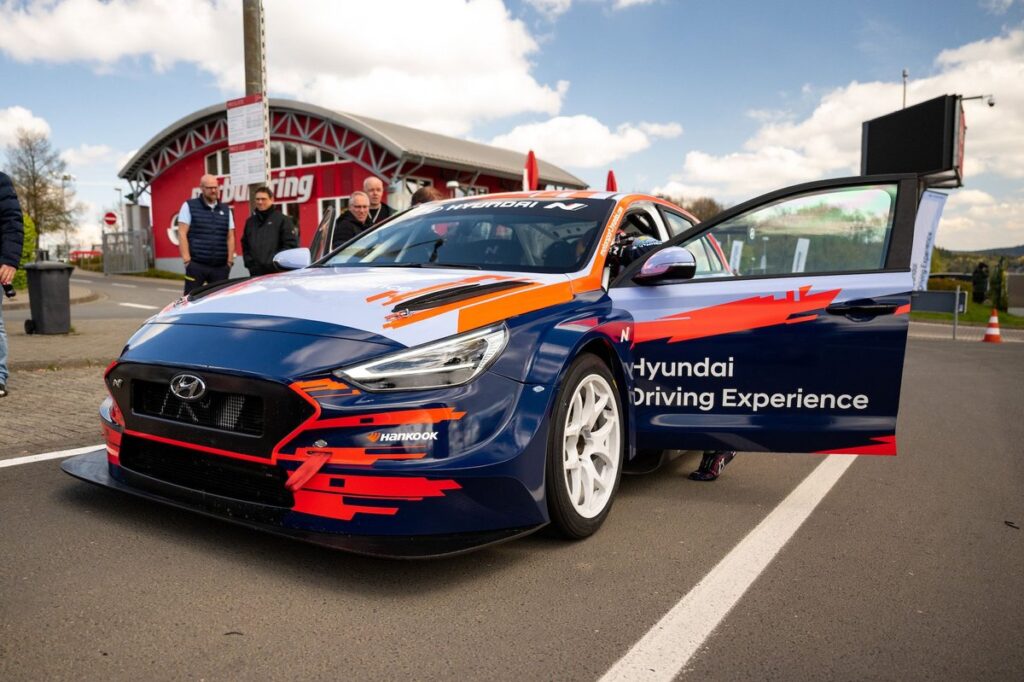Hyundai’s Neuville and Wydaeghe Tackle the Nurburgring in Unique WRC-Style Challenge
In an unprecedented move, Hyundai Motorsport’s WRC title-leading crew Thierry Neuville and Martijn Wydaeghe took on the notorious Nurburgring Nordschleife circuit, but with a twist – they navigated the 73-turn track as if it were a WRC rally stage, driven by pacenotes.
A Rally-Meets-Race Circuit Challenge
Autosport was invited to follow the crews and witness the art of pacenote making firsthand, offering a unique insight into how a rally crew operates outside their comfort zone. The undulating and relentless 20.8-kilometer ribbon of asphalt nestled in Germany’s Eifel mountains proved to be the perfect canvas for this experiment.
From Rally Finland to the Nordschleife
For Neuville, the Nordschleife holds childhood memories of watching the Nurburgring 24 Hours, but tackling it as a WRC rally stage was an altogether new experience. “It’s one of the most challenging circuits, a bit like Rally Finland but on Tarmac,” Neuville told Autosport. “That’s what I can compare it to. There are similarities in the pacenotes too!”
The Art of PaceNote Making
Neuville and Wydaeghe treated the Nurburgring as they would a WRC rally stage, starting with a recce to create pacenotes. This process involves piloting a road car through the stage at road speed, making notes that determine the speed and angle of each corner. The pacenotes are the key to unlocking speed on a rally stage.
Neuville explained, “Rallies like Finland, where we are limited to 70km/h on the recce, and in the rally itself, you are driving close to 200km/h for most of the time, make it very difficult to judge the speed you can go. This is only possible with a lot of training, and you have to know your car really well.”
A Science That Takes Years to Perfect
Witnessing the process in action, it’s clear that this is a science that takes years to perfect. If a recce doesn’t go to plan, it can have an adverse effect on a crew’s performance at a rally. Neuville confirmed, “If the recce is done wrong, and I come to a corner where it is a three and I have put a one, then I could drive the corner much faster. After that, my stage time would be bad. At asphalt rallies, we are driving to tenths, so the pacenotes are the key factor to go fast.”
From Recce to Analysis
Once the pacenotes are written, the crew analyzes them alongside onboard video recorded from GoPro cameras attached to the car. This process is normally conducted in a hotel room, but today, it was a swift trip to Nurburgring’s Devil’s Diner, where a laptop was whipped out, and analysis began. This is where any changes to the notes can be made in the pursuit of perfection that can result in valuable tenths of seconds.
Putting It All into Action
Finally, Neuville and Wydaeghe put all their work into action as they climbed aboard the race-prepared 350 horsepower i30 N TCR, a vehicle Neuville raced in TCR Germany in 2019. While this is a downgrade in terms of power compared to their more familiar 500 horsepower i20 N WRC Rally1 car, driving to pacenotes at ten-tenths around the Nordschleife’s 73 turns can never be underestimated.
The experiment proved to be a resounding success, with Neuville and Wydaeghe impressing even Nurburgring 24 Hours veteran Marcus Willhardt. It’s a testament to the enormous amount of work undertaken by rally crews before any stage can be tackled at pace.
🔗 Source
